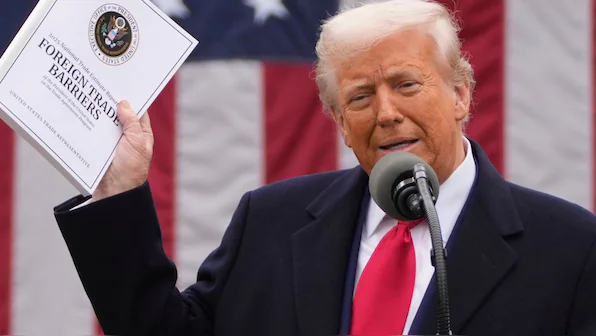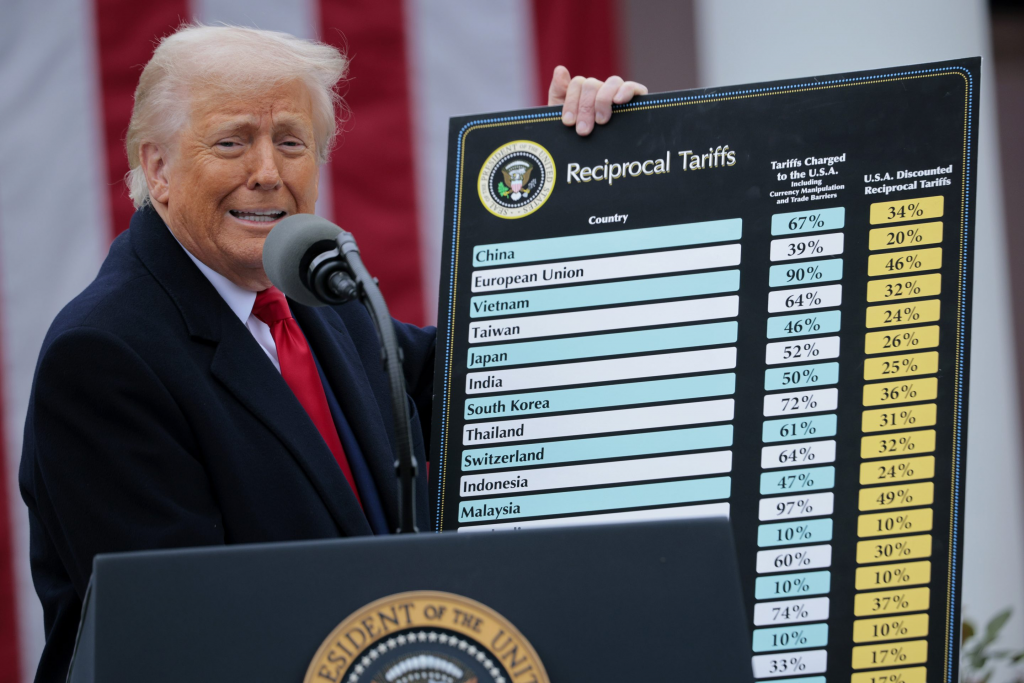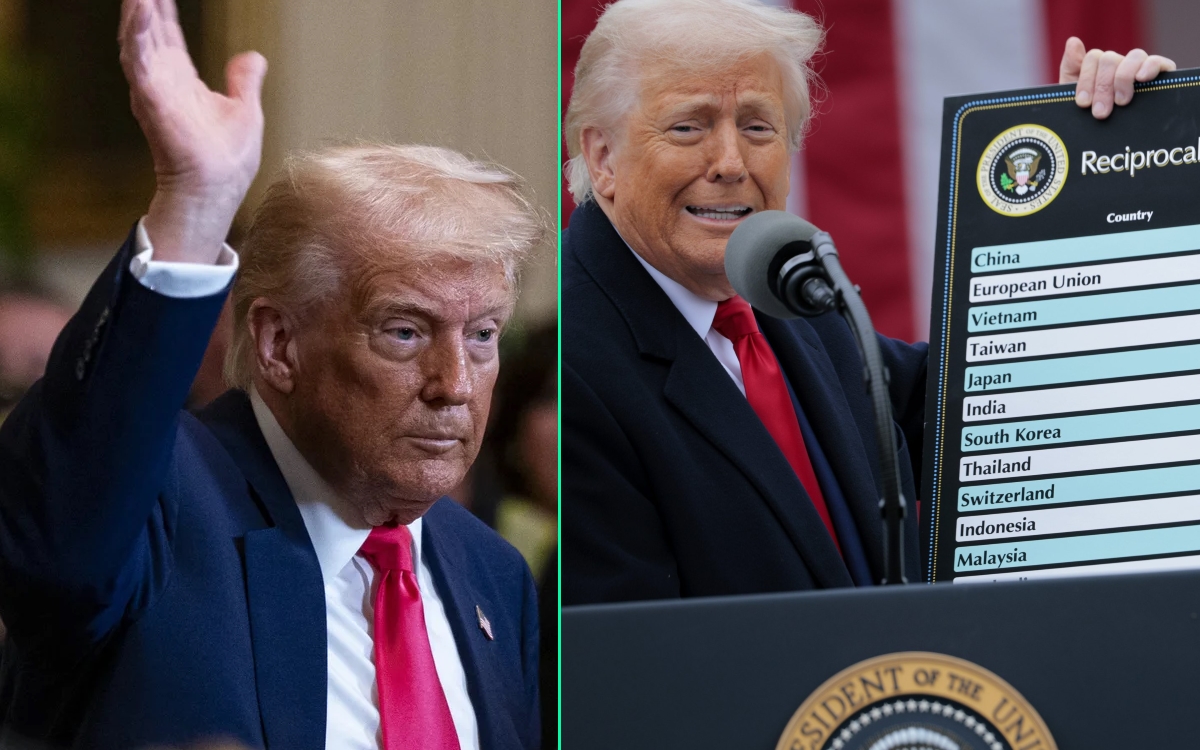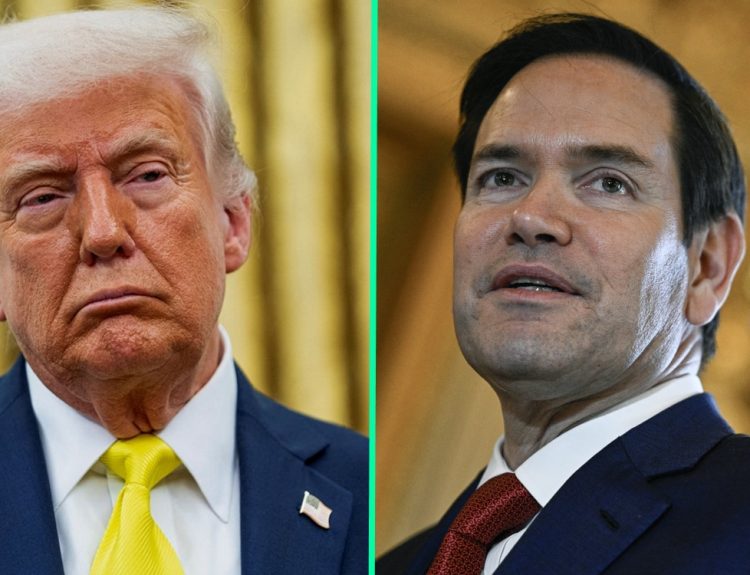At a recent rally, President Trump declared, “We’re raking in $3 billion a day from tariffs,” painting his trade wars as a cash cow. Yet U.S. Treasury and Customs data place daily tariff revenue at roughly $200–$300 million—a fraction of that figure. Reuters breaks down the numbers.
Tariff revenues are nowhere near $3 billion a day. We’re seeing hundreds, not thousands, of millions. https://twitter.com/factcheckdotorg/status/1912919621012750632— FactCheck.org (@factcheckdotorg) April 17, 2025
An AP News fact check confirms that customs duties averaged $259 million per day in February and $263 million in March—far below the president’s boast even when collections spiked.

Business Insider’s analysis of CBP figures finds that tariffs on Chinese imports generated about $500 million over an 11‑day span, equating to $227 million per day. Trump’s team cherry‑picked the highest‑earning days, obscuring slower periods.
Economists point out that tariffs operate like taxes: higher rates drive down import volumes, shrinking the revenue base. As The Guardian explains, businesses have rerouted supply chains and paused orders, limiting income despite higher duty rates.
The Tax Foundation estimates that over ten years, Trump’s tariffs might net $300 billion—averaging $82 million per day—contradicting the implied $700 billion‑a‑year haul behind the $3 billion‑a‑day claim.
Retailers warn of downstream costs. The National Retail Federation’s report finds levies on steel, aluminum and electronics could tack hundreds to thousands of dollars onto a typical household’s annual spending on everyday goods.

We’re not ‘making billions’ daily—Americans are paying more for phones, cars, groceries. That’s the real tariff toll. https://twitter.com/Acyn/status/1913456789123456789— Acyn (@Acyn) April 17, 2025
On Capitol Hill, Senator Sherrod Brown (D–OH) told Politico that “we need transparent data,” calling on the White House to release full CBP revenue reports and explain its methodology.
Abroad, the EU’s WTO challenge to U.S. steel and aluminum tariffs—targeting nearly $30 billion in trade—underscores legal and economic fallout. WTO documents detail the bloc’s objections and potential countermeasures.
The Congressional Budget Office warns in a recent report that prolonged trade conflicts could shave 0.5% off GDP over two years, far outweighing modest tariff revenue gains with slower growth and higher consumer prices.

In reality, tariffs generate modest funds for Washington but impose hidden costs on American families and businesses. Trump’s rally‑ready soundbite masks a more complex economic picture—one where actual daily revenues fall in the low hundreds of millions and the broader impacts ripple far beyond the Treasury’s coffers.






